48 Hours in Xi’an (Part One) Posted by sasha on Oct 6, 2016 in Culture
From one ancient capital to another, we move from Luoyang to Xi’an (西安 – xī’ān). Thanks to the ever expanding high-speed rail network in China, this journey can now be made in less than two hours. This is one of the most popular places to visit in China for domestic and foreign tourists alike, and for good reason. Let’s learn a bit about this historical city and see what you can do with a few days there.
Background
One of the oldest cities in China, Xi’an was once known as Chang’an (长安 – cháng’ān), or “Eternal Peace.” For over 1,000 years, it was the capital for 13 different dynasties and kingdoms. As the eastern terminus of the Silk Road (丝绸之路 – sī chóu zhī lù), it also helped connect China with Central Asia and Europe as ideas and goods moved along the ancient trading route. These days, it’s the capital of Shaanxi province. With over 8.5 million people, it’s in the Top 20 of the largest cities in China. With a wealth of cultural and historic sites, it’s also one of the top tourist destinations in China.
While it may be tempting to hop on the first bus out to the Terracotta Warriors, your first day here should be spent exploring the city and all that it has to offer.
City Wall
(城墙 – chéng qiáng)
This is one of the oldest, largest, and best preserved city walls in China. The wall stands at 12 meters (40 feet) tall, and is nearly 14 km (8.7 miles) long. It’s an enhancement of the city wall that existed during the Tang Dynasty. Emperor Zhu Yuanzhang had the wall expanded based on the advice of a hermit, who told him to “build high walls, store abundant provisions and take your time in proclaiming yourself emperor.”
You can walk or cycle around the wall, with bikes available for rent at the top of all gates. If you decide to hoof it and want to go around the entire wall, be prepared for a 4-5-hour walk. Should you find yourself visiting around the time of Chinese New Year, there just might be a huge lantern festival going on atop the wall.
When we visited Xi’an, the wall was decked out in lanterns representing all corners of the world. There was a lantern showing the CCTV Tower in Shanghai, the Sydney Opera House, the Pyramids, and more. Of course, for the USA we got a guitar-strumming cowboy.
Big Wild Goose Pagoda
(大雁塔 – dà yàn tǎ)
This famous Buddhist pagoda was built during the Tang Dynasty to house sutras and relics that had been brought from India. The original pagoda was ravaged over the years by war and a massive earthquake. It was repaired during the Ming Dynasty and renovated again as recently as 1964.
The north square near the pagoda is a popular place to come at night, as there’s a water, light, and music show. The show actually goes on at different times depending on the day and season, so check the schedule to time it with your visit to the pagoda.
Muslim Quarter
(回民街 – huí mín jiē)
If you’re looking to do some eating and/or shopping, look no further than the Muslim Quarter. The name of the street comes from the Hui ethnic minority in China who are Muslim. Here you’ll find a wide variety of snack stalls, restaurants, and vendors selling all sorts of goods.
Whatever you do, be sure you eat a bowl of the local specialty – yang rou pao mo (羊肉泡馍 – yáng ròu pào mó). It’s a mutton stew with chunks of chopped up leavened bread, and it’s amazing. The dish is famous all around the country, but nobody does it better than its hometown of Xi’an. We’ll have a post on the cuisine of Xi’an in the weeks to come, so check back for that.
Make sure you get some rest, because the second day is a big one. It’s a long bus ride out to visit two of the area’s most famous and impressive sites – the Huaqing Hot Springs and the famed Terracotta Warriors.

Build vocabulary, practice pronunciation, and more with Transparent Language Online. Available anytime, anywhere, on any device.
About the Author: sasha
Sasha is an English teacher, writer, photographer, and videographer from the great state of Michigan. Upon graduating from Michigan State University, he moved to China and spent 5+ years living, working, studying, and traveling there. He also studied Indonesian Language & Culture in Bali for a year. He and his wife run the travel blog Grateful Gypsies, and they're currently trying the digital nomad lifestyle across Latin America.



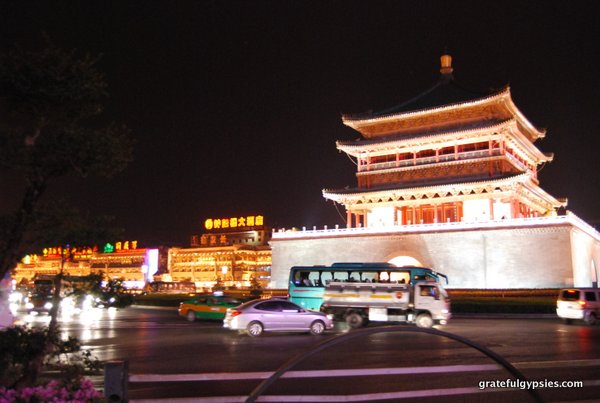

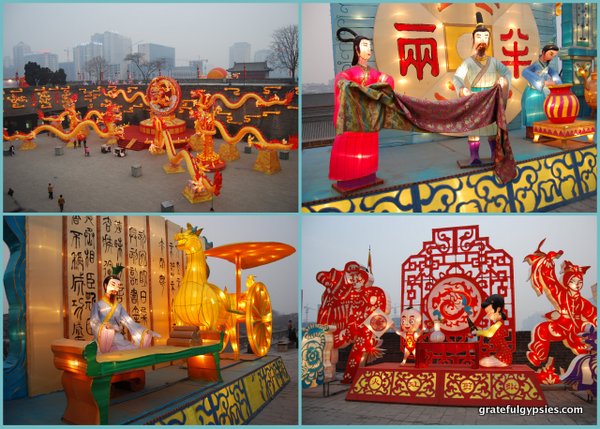
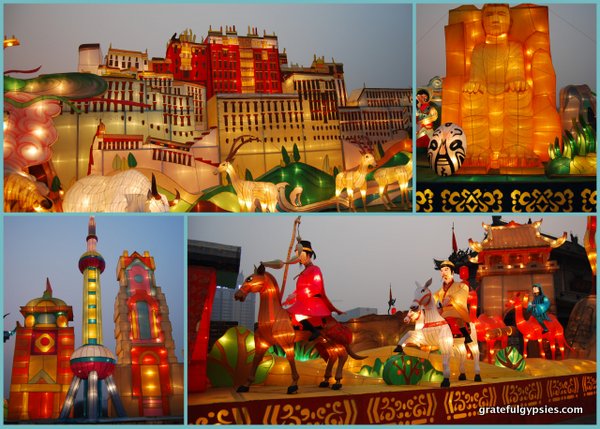
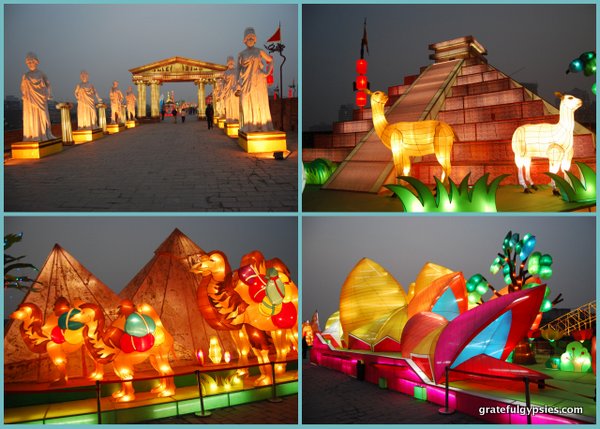
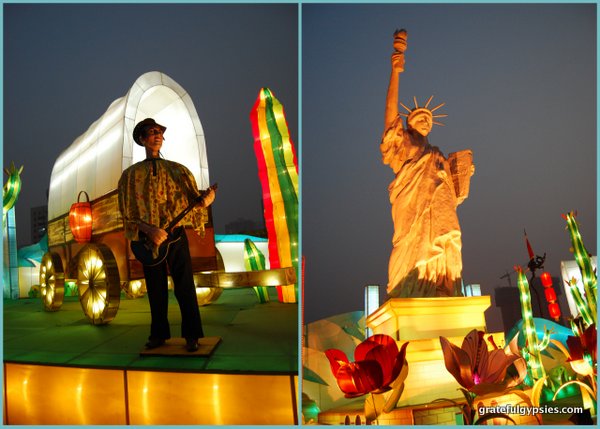

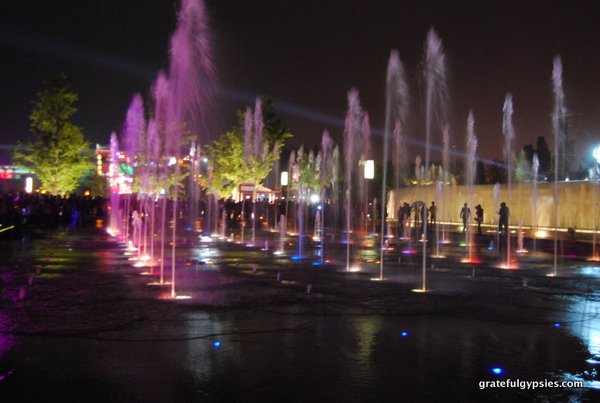
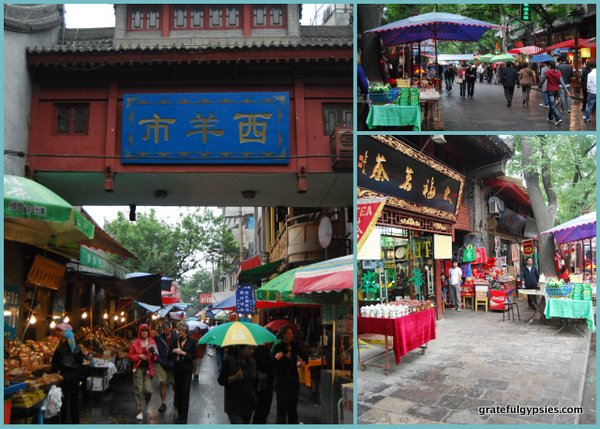
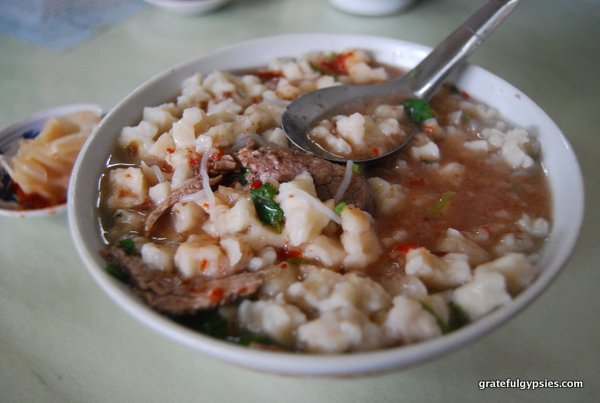

Comments:
Peter Simon:
A nice one again, completely right in suggesting that we look around before heading out to the warriors. It is also exciting to visit the muslim quarter with its temples, as Xi’An has one of the largest muslim communities in China outside the western provinces.
I wonder if going round the walls is possible just like that now. 12 years ago each wall was sectioned up, with different entrances and section fees, making it quite difficult to go around. Has this changed by now?
As to the musical waterworks, locals say it’s the largest of its kind in the world. It is indeed really large and amazing. You can check out my videos of it in my youtube channel (speterkar) but be careful of your belongings: it’s a rich field of prey for pickpockets.